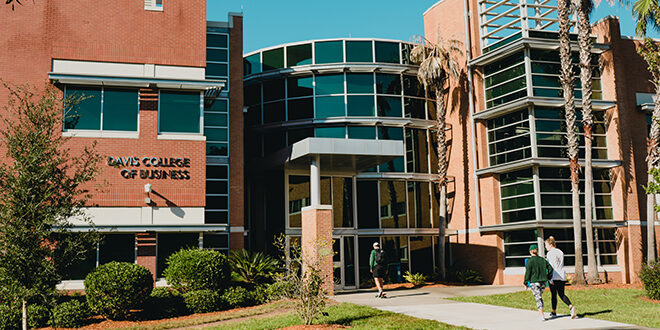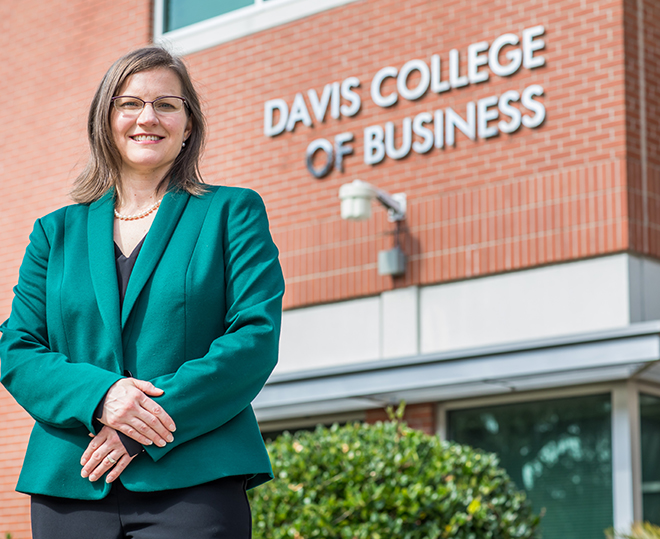Habits are hard to break. This adage is especially true when it comes to long-ingrained patterns of behavior in organizations sustained by thousands of people over a period of decades.
Enter the COVID-19 pandemic. Very few events over the course of history have simultaneously confirmed the organizational theories we teach in the classroom while disproving long-held beliefs about how we work.
Recent conversations with students and colleagues have focused on the question: Why were some organizations able to survive and thrive in the pandemic, while other organizations did not? The question is difficult to answer without applying our lived experience, where it seems obvious that the organizations that adapted the fastest fared the best. Organizations without the wherewithal, technological capacity, and capital to sustain the intense need for quick change did not.
Whereas small organizations suffered from lack of capital, large organizations with deep bureaucracies undoubtedly had a difficult time with the need to adapt quickly—if innovation was not truly built into their culture and/or strong leaders to lead through the necessary change were not present.
Organizations were either ready for innovation and pivoted fast or, through the sheer force of will of the leadership, dropped old habits quickly to survive.
Several organizations relinquished their carefully laid out plans to explore options like curbside pick-up or delivery services, forgot the two-year plan for analysis and study, and they just did it.
This type of move was necessary — the right thing to do in these circumstances. And it taught us that sometimes acting quickly can have advantages over slow and steady. This lesson will live on post-COVID, manifesting in two major ways: leaner organizational structures and faster processes for decision making.
Such examples demonstrate a basic tenant of business school education—organizations that adapt survive.
Clearly this applies to the hyperdrive speed at which we were forced to change in the pandemic. However, such examples also challenge the longstanding practices of many of our country’s largest and most prosperous organizations, not only in decision making processes and speed, but in employee policy.
Prior to the pandemic, we physically moved ourselves into a common building and comingled with others in the same space, working in various capacities to forward organizational goals. It was largely believed that employees must be present to maximize productivity (see Yahoo decision to eliminate telecommuting in 2013).
Clearly, an employee is required to be physically present for many jobs in many industries, however, we have learned from the pandemic that this is not the case for all jobs. That is, we saw with our own eyes that flexible working conditions for employees do not hamper important indexes of productivity for the organization.
Many studies find that average output does not change, although employees may work longer hours outside of the normal 9-5, especially for those with children at home. (This means their individual productivity may have decreased, but organizations benefit from the fact that many of these employees are salaried.) As the country re-opens and more children return to school this fall, we should expect that demand for remote-work options will rise. What was once thought to be a losing proposition for organizations—letting employees work from home—will become another necessary adaptation in this pandemic economy. With labor shortages evident, the companies that adapt the fastest will continue to win.
By Dr. Barbara Ritter
Jacksonville University Dean of the Davis College of Business
This column originally ran in the The Florida Times-Union. For more information about Jacksonville University’s Davis College of Business, please visit www.ju.edu/dcob/.
 Wave Magazine Online Jacksonville University News Hub
Wave Magazine Online Jacksonville University News Hub

